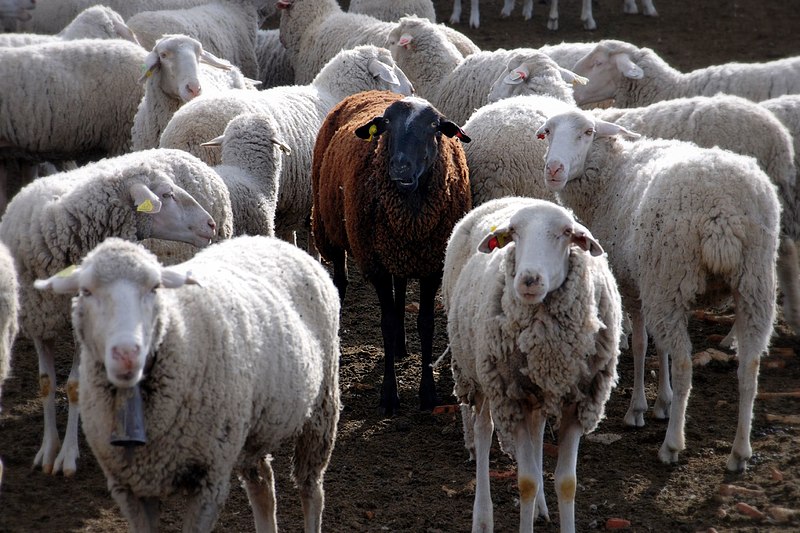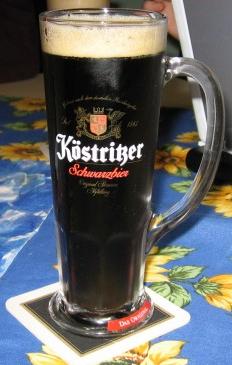So no... I haven't really brewed a bud light nor am I interested in brewing one. Typically the only reason that home-brewers even attempt to brew this style is to get their stubborn palette, BMC drinking friends to drink their home-brew.
I'm brewing an American lager style in more of a traditional way without the rice or corn. Budweiser, Miller and Coors are all American lagers but are brewed with up to 40% rice or corn in addition to barley and hops. This helps with two things... it lightens the malt flavor and cuts the price of brewing because rice and corn are cheaper than malted barley. My first attempt at this recipe was fairly successful as stated by other "BMC" drinking individuals who tried it and I actually liked it myself. So I modified the recipe for a little more body and head retention thinking I'd try to improve it even more.
Brew Day
So brew day started out well. This was my first time to use my new burner.
 |
| New burner and brew day prep. |
Unfortunately brew day took a turn for the worst. Turns out that my new burner had a lot more output than I thought. The flames from the burner licked up the sides of the kettle and before I knew it had cracked and melted the sight-glass.
 |
| Melted and broken sightglass from kettle |
I had 7.5-8 gals of boiling hot wort spraying out of my sight-glass while attempting to move the kettle and transfer the liquid into another spare kettle. Ended up with a couple of burnt fingers and toes. As a result this brew day was not very well documented. Although, I did end up breaking my own brew day speed record with a total of 5 hours start to finish including clean up. The new burner despite the melted sightglass cuts a little less than an hour off my brew day.
Ended up at 1.039 at 5.5 gals. Did pitch yeast at 83*F though, but performed a D-reset before reaching finial gravity of 1.004.
New Equipment Modifications
 |
| Upgrade from 10 to 15 gal Kettle and added Sight-Glass and Ball Valve. |
 |
| Modified new burner with a heat shield to block flame/heat from reaching ball valve or sight-glass |
















































